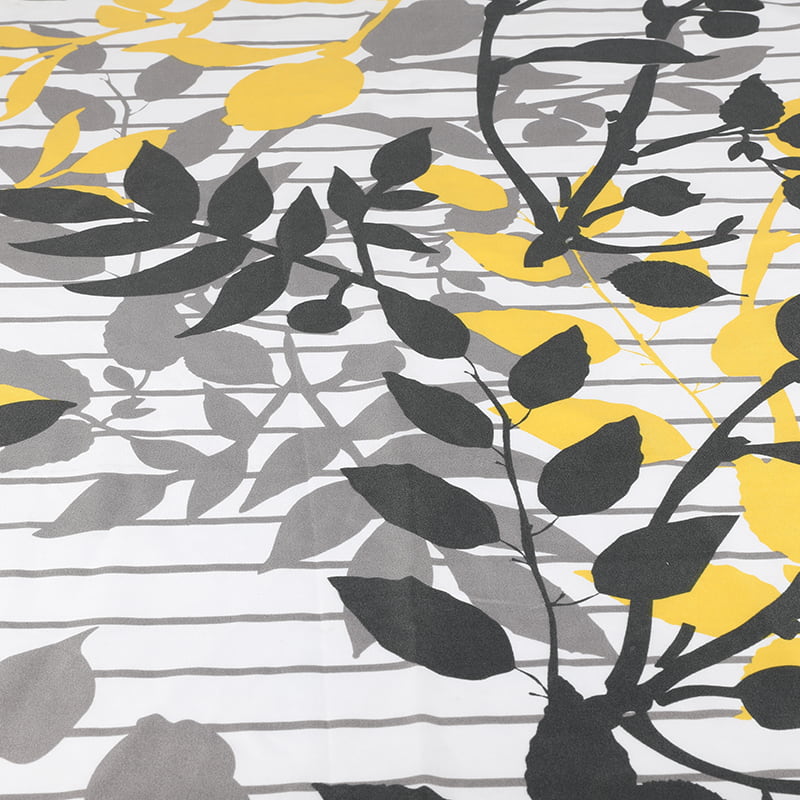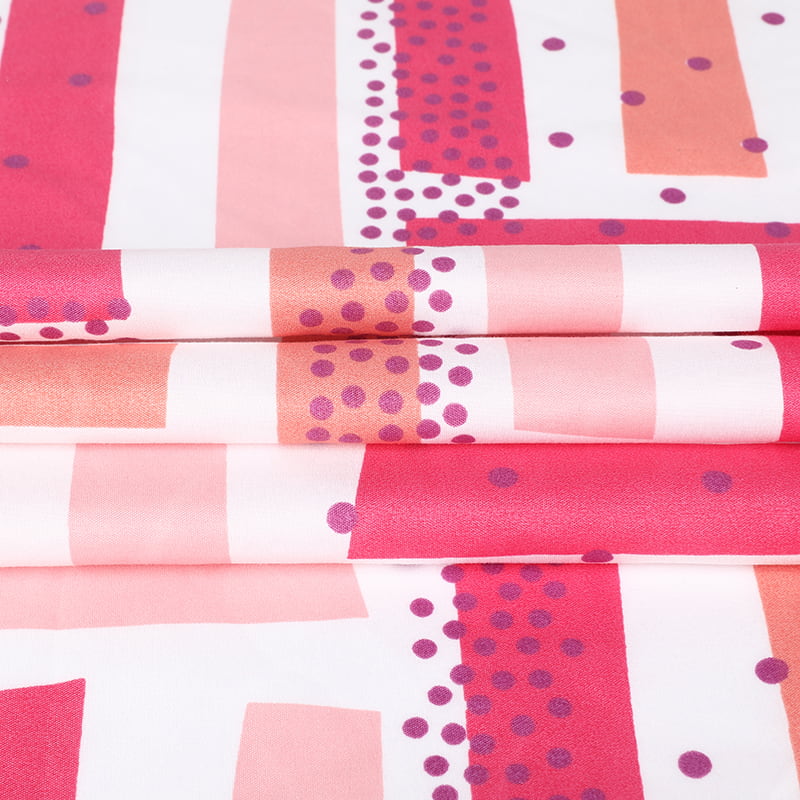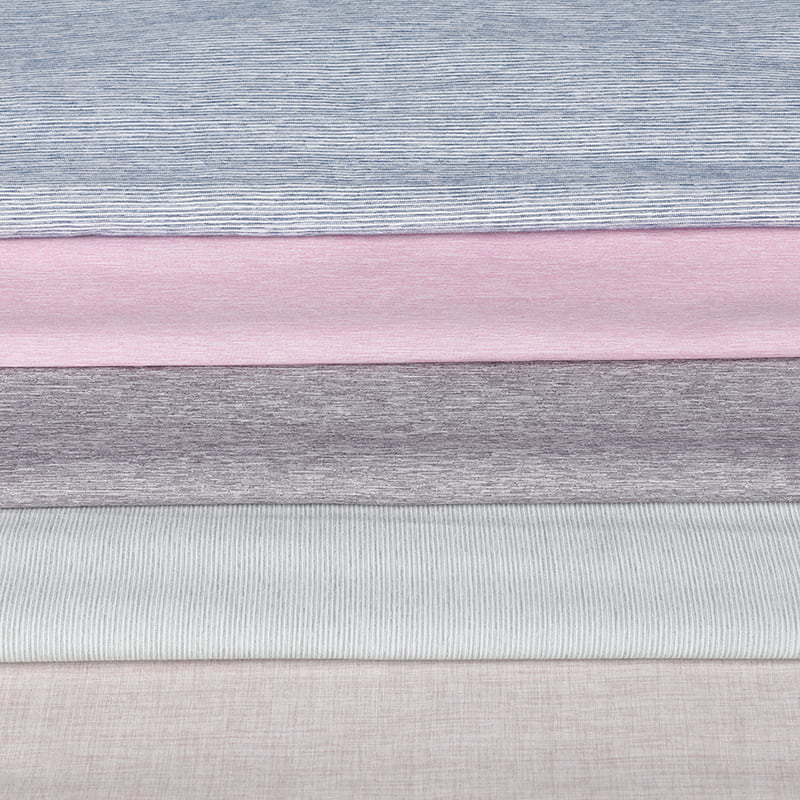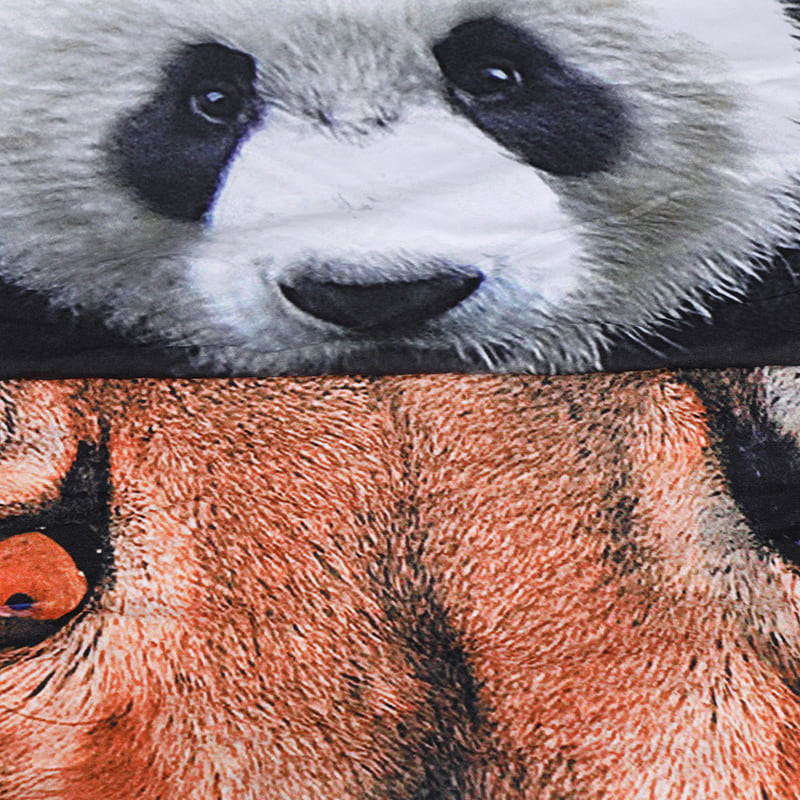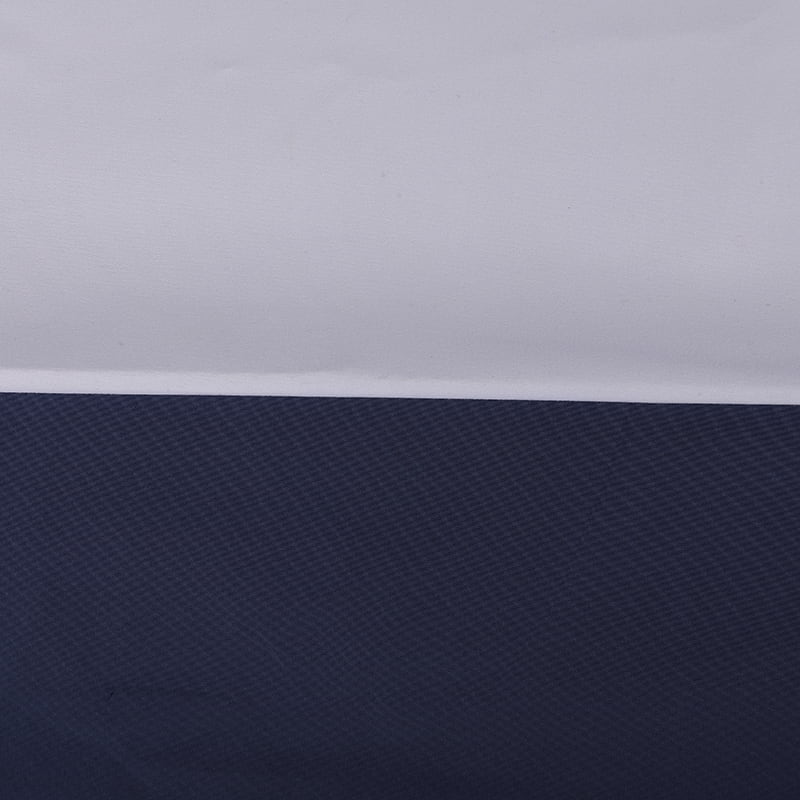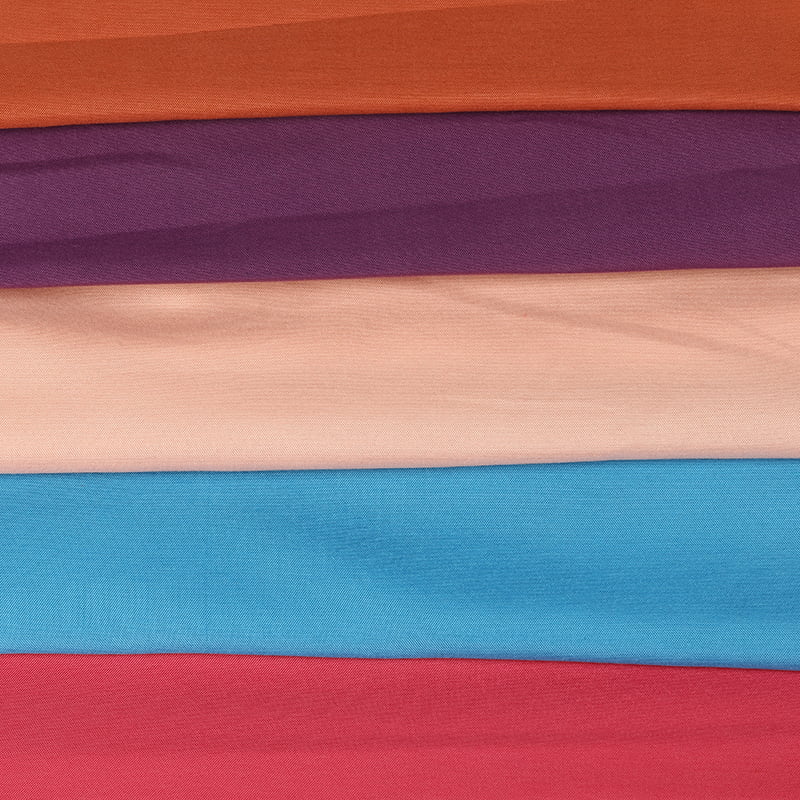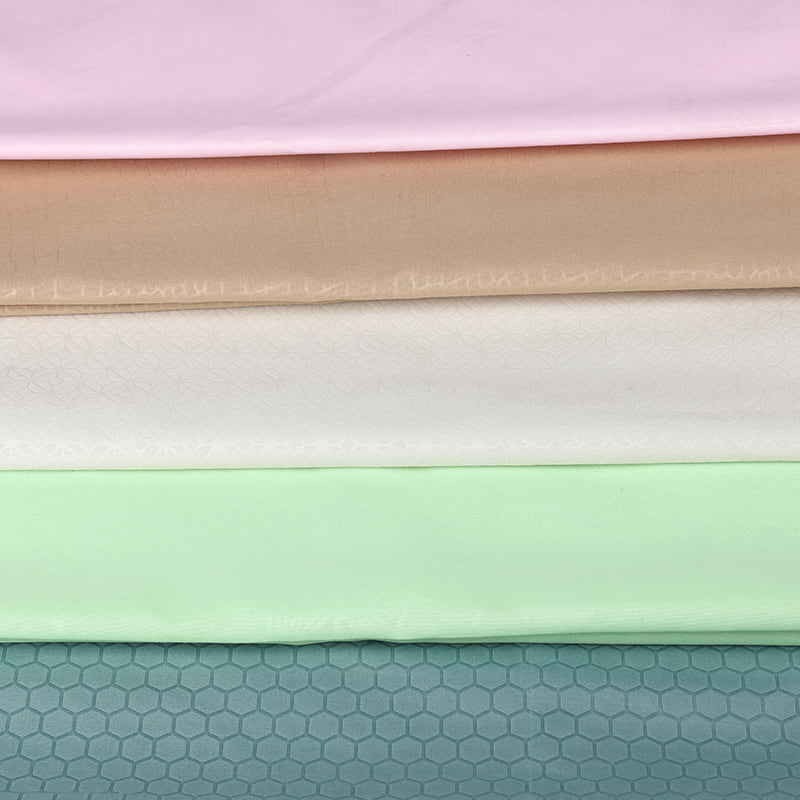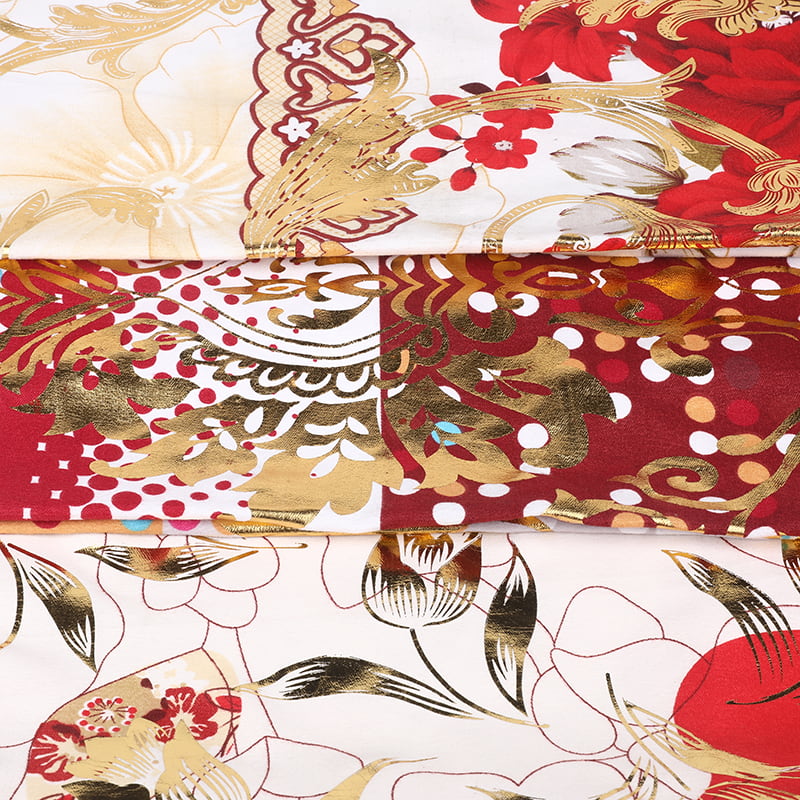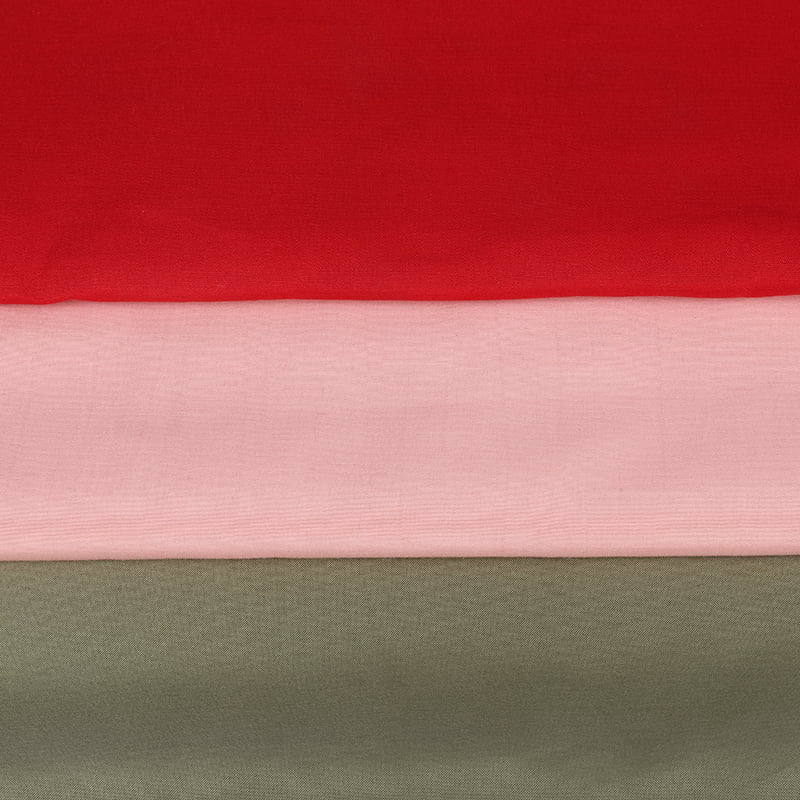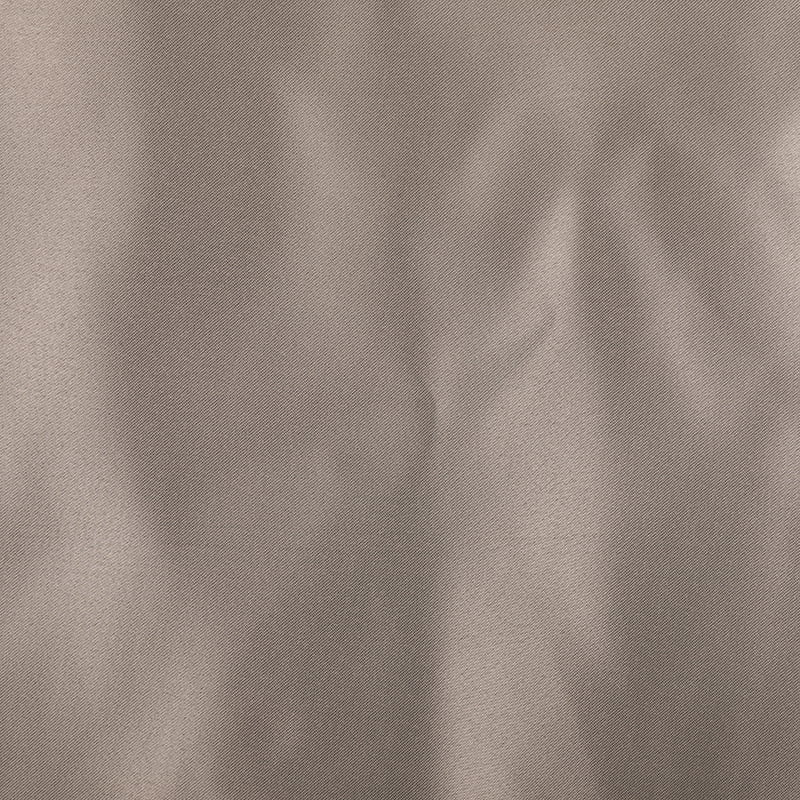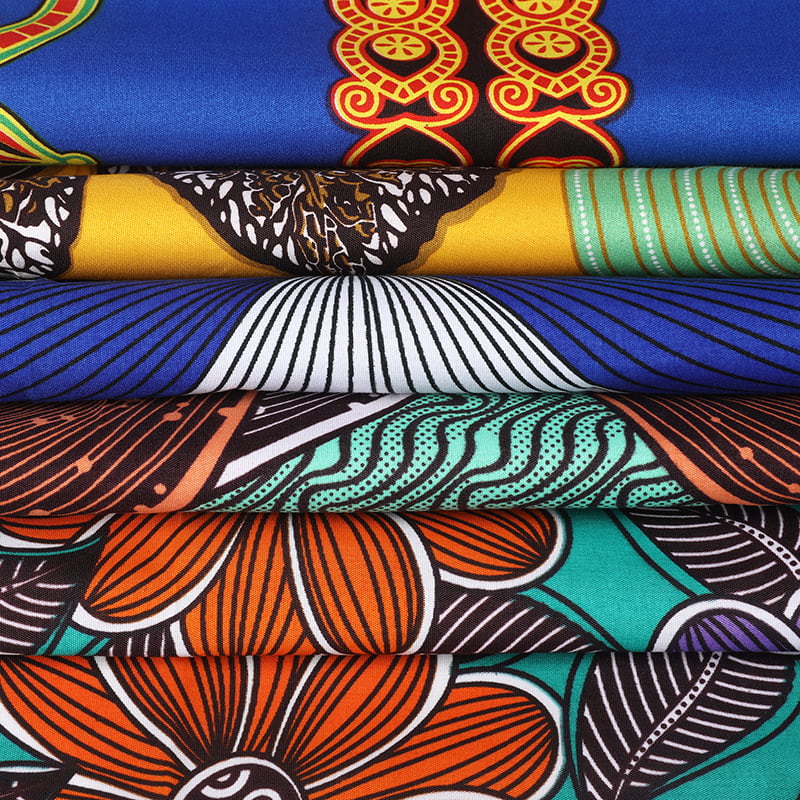The textile industry has witnessed a transformative breakthrough with the rise of digital printing technology. Digital printed fabric has emerged as a game-changer, offering designers and consumers limitless creative opportunities and enhancing customization options like never before.
Digital printing involves the direct application of ink onto fabric using digital printers. Unlike traditional printing processes, which require screens or plates, digital printing allows for high-resolution designs to be transferred onto various types of fabric with precision and accuracy. This process eliminates the need for multiple screens, making it more cost-effective and time-efficient.
One of the key advantages of digital printed fabric is its unparalleled level of detail and vibrancy. With this technique, intricate patterns, elaborate designs, and photorealistic images can be flawlessly reproduced on fabric. The high-color saturation and sharpness achieved through digital printing make it possible to bring even the most complex artistic visions to life.
Moreover, digital printing offers remarkable design flexibility. Designers are no longer limited to predetermined patterns or color schemes. Instead, they have the freedom to experiment, personalize, and create truly unique prints. This has opened up a world of possibilities for customized garments, interior decor, and even avant-garde art installations.
Digital printed fabric has not only revolutionized design capabilities but also reduced the industry's environmental impact. Traditional printing methods often result in significant waste due to the setup, clean-up, and disposal of screens or plates. In contrast, digital printing requires less water, energy, and chemicals, thus minimizing the overall carbon footprint. This eco-friendly aspect of digital printing aligns with the growing demand for sustainable and responsible fashion practices.
The versatility of digital printed fabric extends to its compatibility with a wide variety of textile materials. It can be applied to natural fibers such as cotton, silk, and linen, as well as synthetic fabrics like polyester and nylon. This adaptability has paved the way for designers to explore new combinations and experiment with different textures and effects.
The fashion industry has promptly embraced digitally printed fabric, with renowned designers incorporating this technique into their collections. The possibilities for creating statement pieces, runway-worthy garments, and exclusive limited-edition designs are endless. Consumers, too, have shown keen interest in owning unique pieces that reflect their individuality, leading to a rise in demand for customized clothing and home furnishings.




